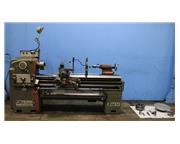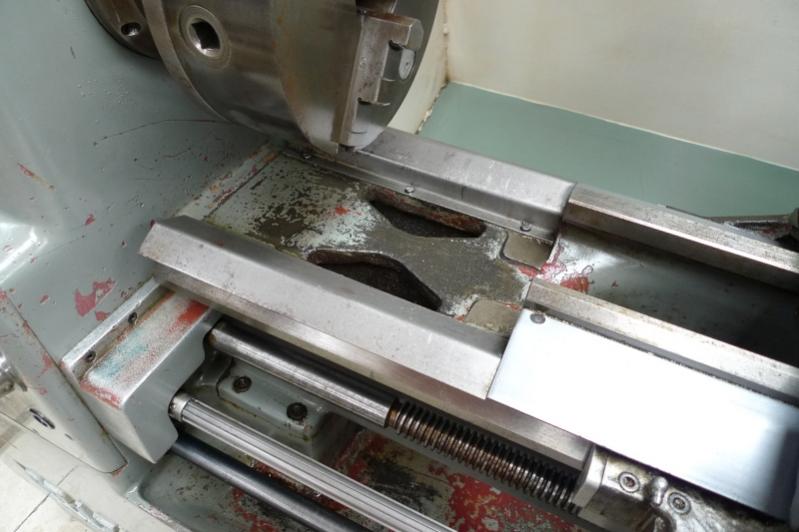Graziano Sag 14 Manual

Graziano Sag 14 - Download as PDF File (.pdf), Text File (.txt) or read online. Manual for Graziano SAG14 lathe. Copyright: Attribution Non-Commercial. Save graziano lathe to get e-mail alerts. GRAZIANO SAG 14' x 40' GAP BED VARIBLE SPEED LATHE W/ TRAK DRO & KDK TOOLPOST. Lathe Instruct for Installation Use.
Archive: lathes.co.uk email: Graziano SAG Lathes - Italy Instruction, Maintenance & Parts Manuals for many SAG lathes Graziano machine tools were made in Tortona, Italy and although a wide range of lathes was manufactured, the company's most popular appears to have been the SAG 180, later to be sold as the improved SAG 14. The later version had a bed some 3/8' wider, much larger micrometer dials, a hand-operated bed and cross slide lubrication pump, top and cross slides in steel instead of cast iron, a micrometer-dial equipped carriage-traverse handwheel and other small modifications. Designed as a high-class, precision machine (at an expensive £1048 in the late 1950s), the lathe was twice as costly as an English lathe of equivalent size yet, even so, found a ready market, especially in America, where several thousand were sold.

With a 180 mm (7') centre-height, the lathe's had a bed that was flame-hardened and ground-finished with V-ways and constructed as a 'double-height' type - not unlike the arrangement used on some flat-bed Drummond lathes in the 1920s - with the carriage running on the covered lower ways and the tailstock on the higher (exposed) set.  The arrangement provided a usefully deep 'gap', though without the usual weakening effect of a removable bed piece. Fitted with multiple, longitudinal carriage 'throw-out' stops as standard, the carriage had long and very wide swarf covers that extended right to the tailstock end of the bed - this latter detail, and the raised bedways, can also be clearly seen in the photographs at the bottom of this page. While the lathe was generally on a par with the contemporary Colchester Triumph, its nine speeds (obtained through gears made from heat-treated and ground nickel-chrome steel forgings) were rather more useful, running from 45 to 1500 rpm or, optionally, 54 to 1800.
The arrangement provided a usefully deep 'gap', though without the usual weakening effect of a removable bed piece. Fitted with multiple, longitudinal carriage 'throw-out' stops as standard, the carriage had long and very wide swarf covers that extended right to the tailstock end of the bed - this latter detail, and the raised bedways, can also be clearly seen in the photographs at the bottom of this page. While the lathe was generally on a par with the contemporary Colchester Triumph, its nine speeds (obtained through gears made from heat-treated and ground nickel-chrome steel forgings) were rather more useful, running from 45 to 1500 rpm or, optionally, 54 to 1800.
With a 2-speed motor sixteen speeds from 30 to 1200 rpm could be obtained and the makers offered the facility to vary the top and bottom speeds by fitting different sizes of pulley. The motor was a 5 h.p. Unit (with electrical control by a 'third shaft' operated by a lever pivoting from the right-hand face of the apron) with the spindle arranged for instant reverse through a double friction clutch (though not all models may have been so equipped).